Explore null | Canon Latin America
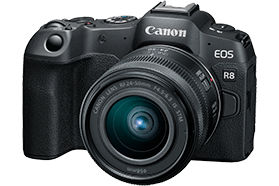
EOS R8
- EOS R8 Body
- Camera Cover R-F-5
- Strap ER-EOSR8
- Battery Charger LC-E17
- Battery Pack LP-E17
- Battery Pack Cover
- Shoe Cover
-
OVERVIEW
-
SPECIFICATIONS
-
ACCESSORIES
-
RESOURCES
-
SUPPORT
-
MISCELLANEOUS
Step Up to Full-Frame
The EOS R8 camera combines high-performance full-frame capabilities with a lightweight and compact design for creators ready to step up their content creation. With a 24.2 megapixel full-frame CMOS image sensor, RF mount allowing access to various creative lenses, and powerful stills and video functionality, the EOS R8 camera helps you capture stunning imagery to empower your creative vision.
Weighing less than a pound (body only), the EOS R8 camera is incredibly lightweight and compact while offering a high-quality full-frame imaging experience, utilizing the RF lens mount and providing access to a catalog of high-performance creative lens options. This offers photographers and content creators a convenient and portable camera in a comfortable, ergonomic package for travel, hiking or everyday shooting.
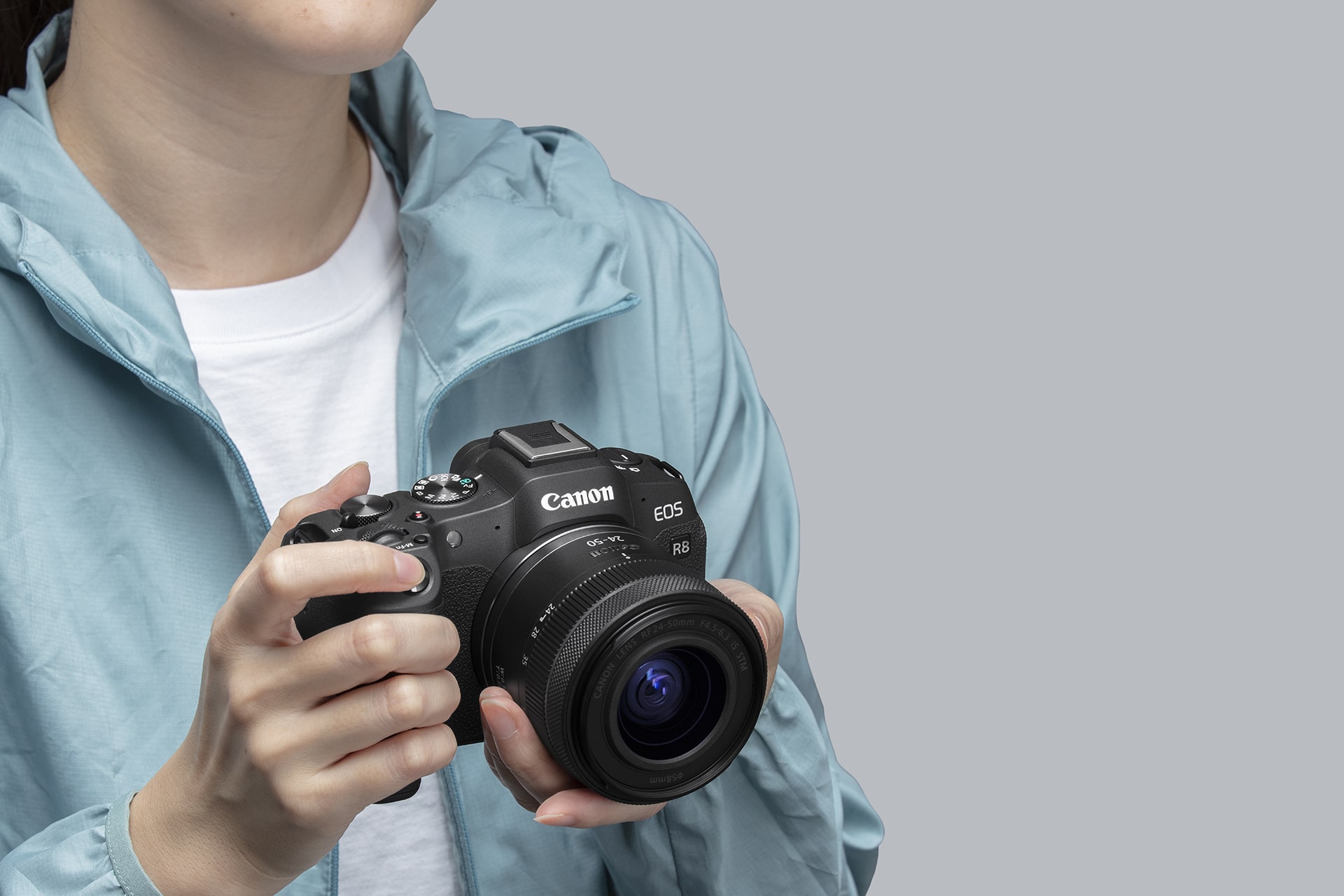
The EOS R8 camera captures stunning, detailed images with speed and accuracy, even in low light, due to the Canon-developed 24.2-million-pixel CMOS image sensor and DIGIC X Image Processor. The full-frame sensor allows for improved resolution at low ISO speeds and low noise at high ISO speeds, wide dynamic range of still pictures, and significant improvement in rolling shutter compared to previous Canon cameras when shooting fast-moving subjects and quick panning.
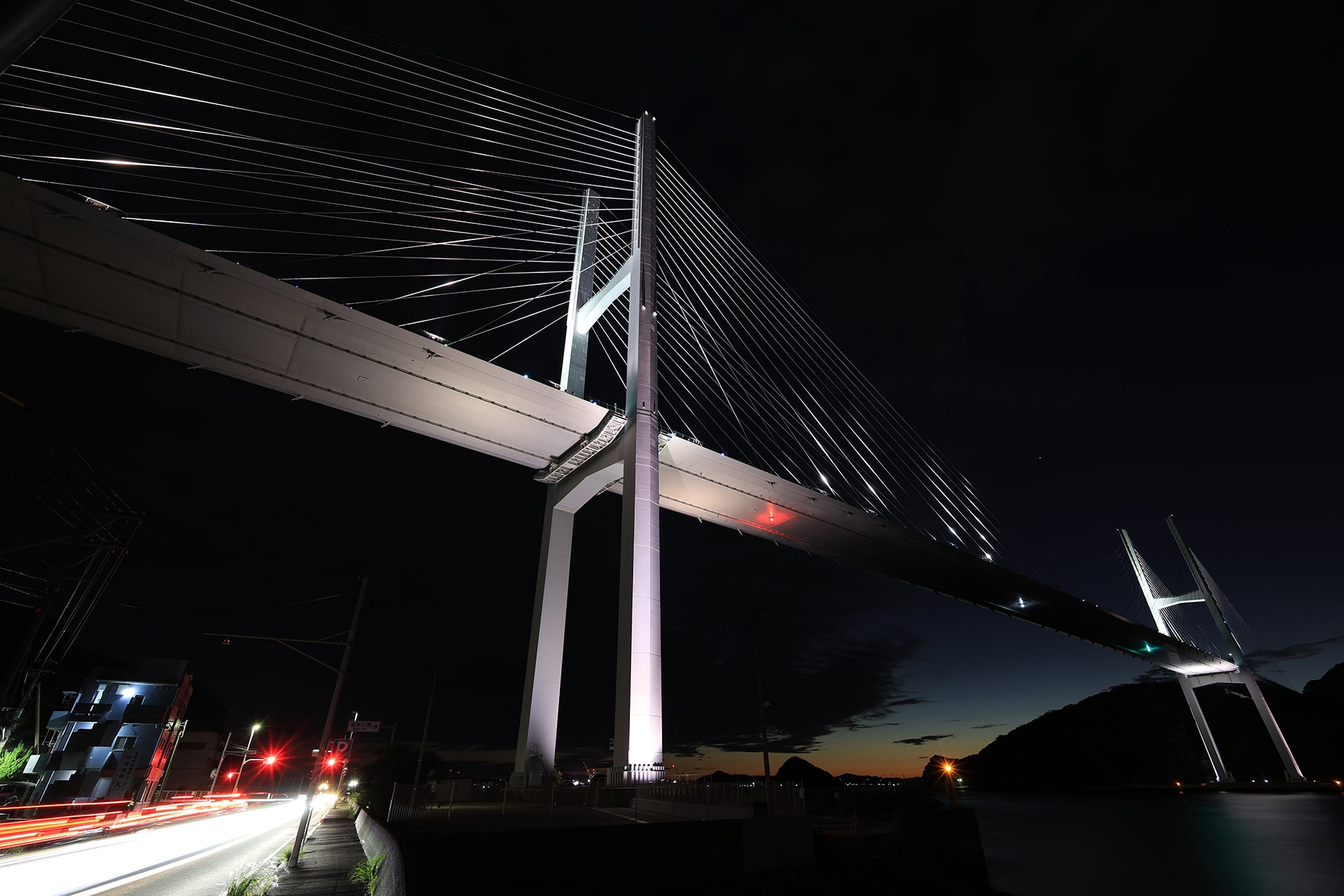
With its built-in image processing, the EOS R8 camera provides in-camera compositing including Moving Subject HDR, Depth Compositing, Panoramic Shot, HDR Night Scene, and HDR Backlight control so you can capture creative imagery that is challenging with conventional single-shot techniques.
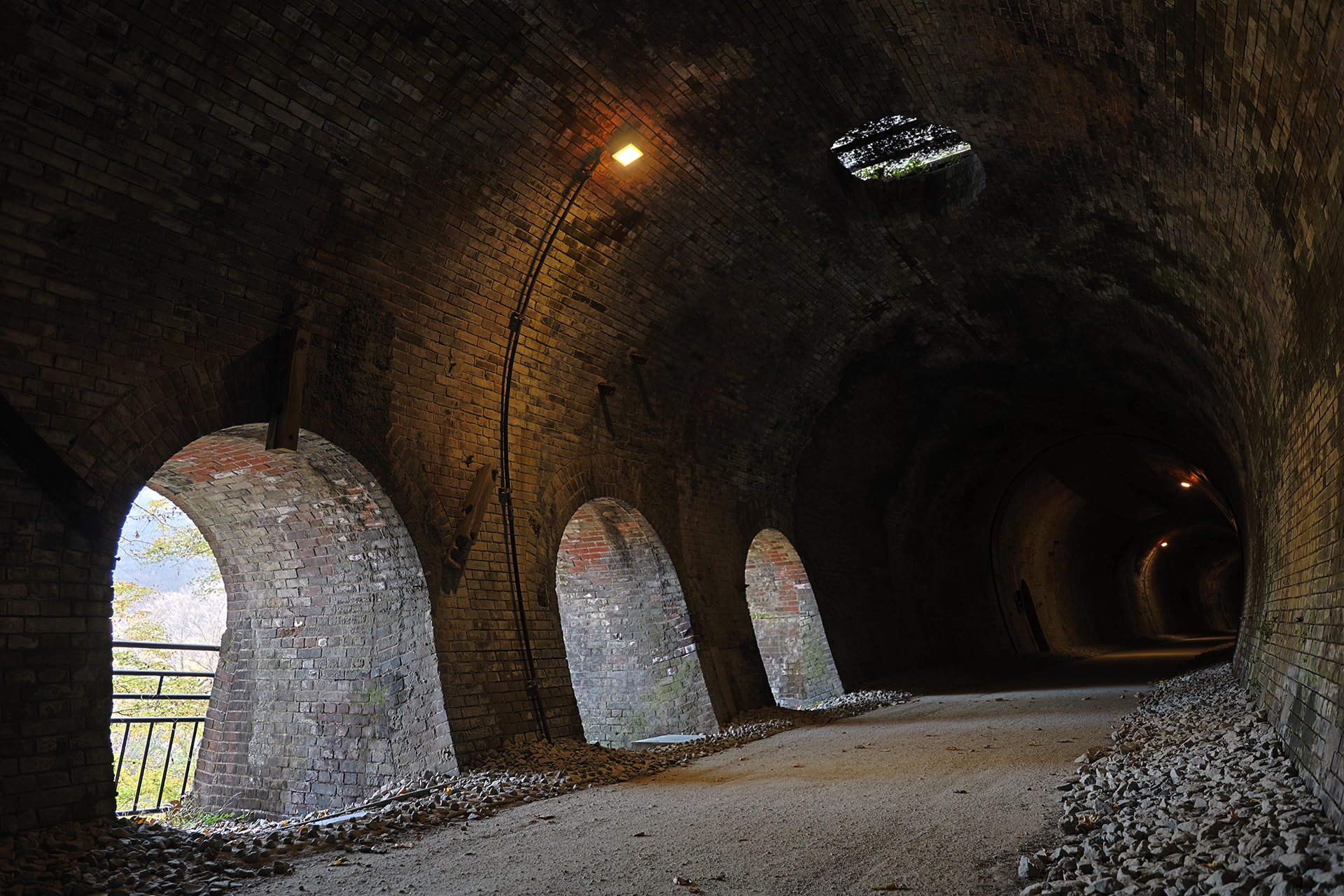
Dual Pixel CMOS AF II is a highly responsive system that covers up to approximately 100% x 100% of the picture area, breaking the image into up to 1,053 automatically-selected AF zones during Whole Area AF. This enables outstanding AF coverage on the EOS R8 camera, and the compositional freedom to focus sharply on a subject nearly anywhere in the frame.
Developed using Deep Learning Technology, horses, trains, and airplanes are detectable, in addition to conventional subjects like people, animals including dogs, cats and birds, and vehicles - cars and motorcycles - especially in a motorsports environment.2,3 For more ease of use, Auto mode is now available, in which the camera automatically selects the type of subject without the need to switch the Subject Detection setting in the menu. The EOS R8 camera will continue to track the movement and continuously focus on the subject.
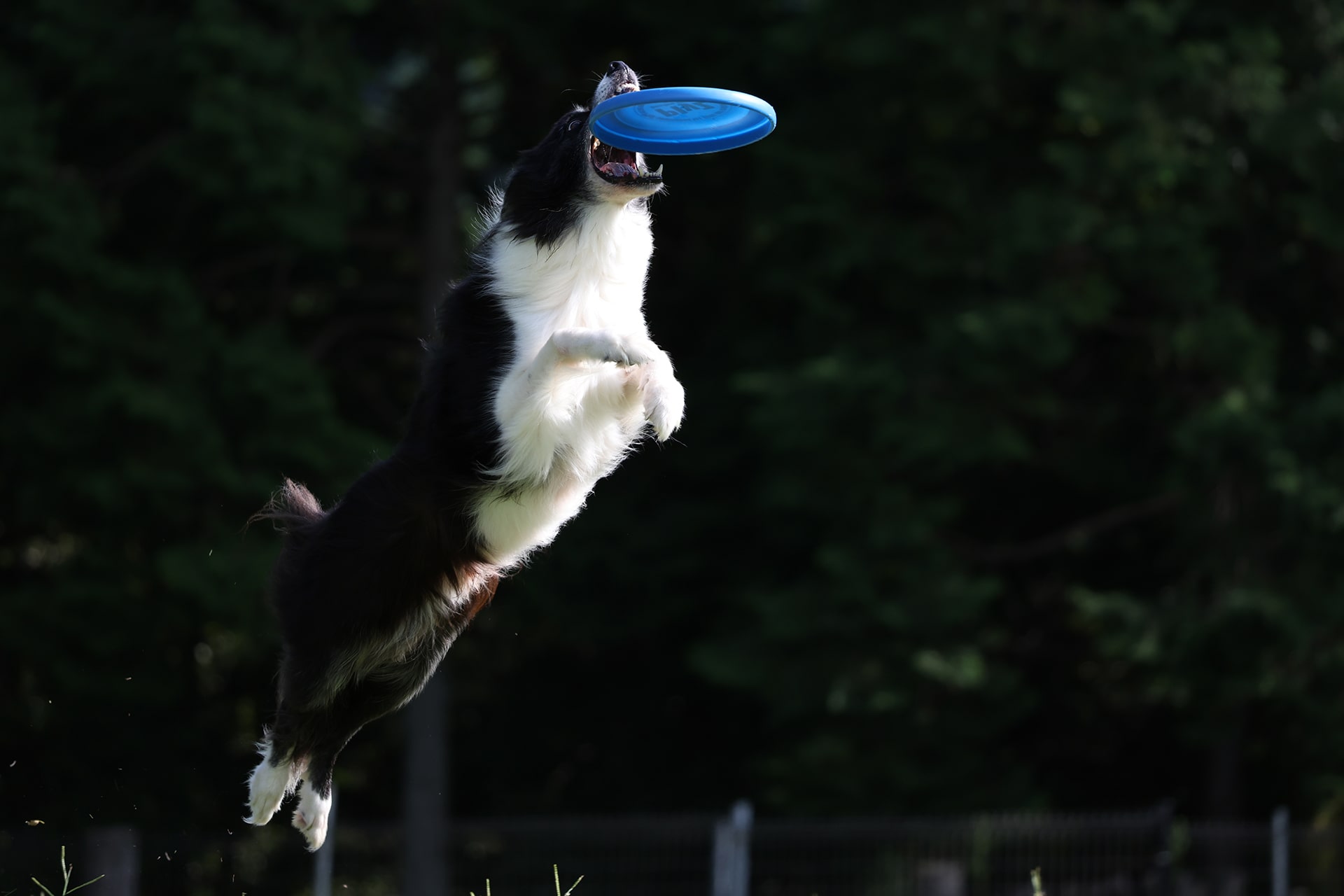
Effectively track the whole body, face, or eye of cats, dogs, birds, and now horses, for speed and precision - regardless of the animal’s size, posture, or orientation of the face.2
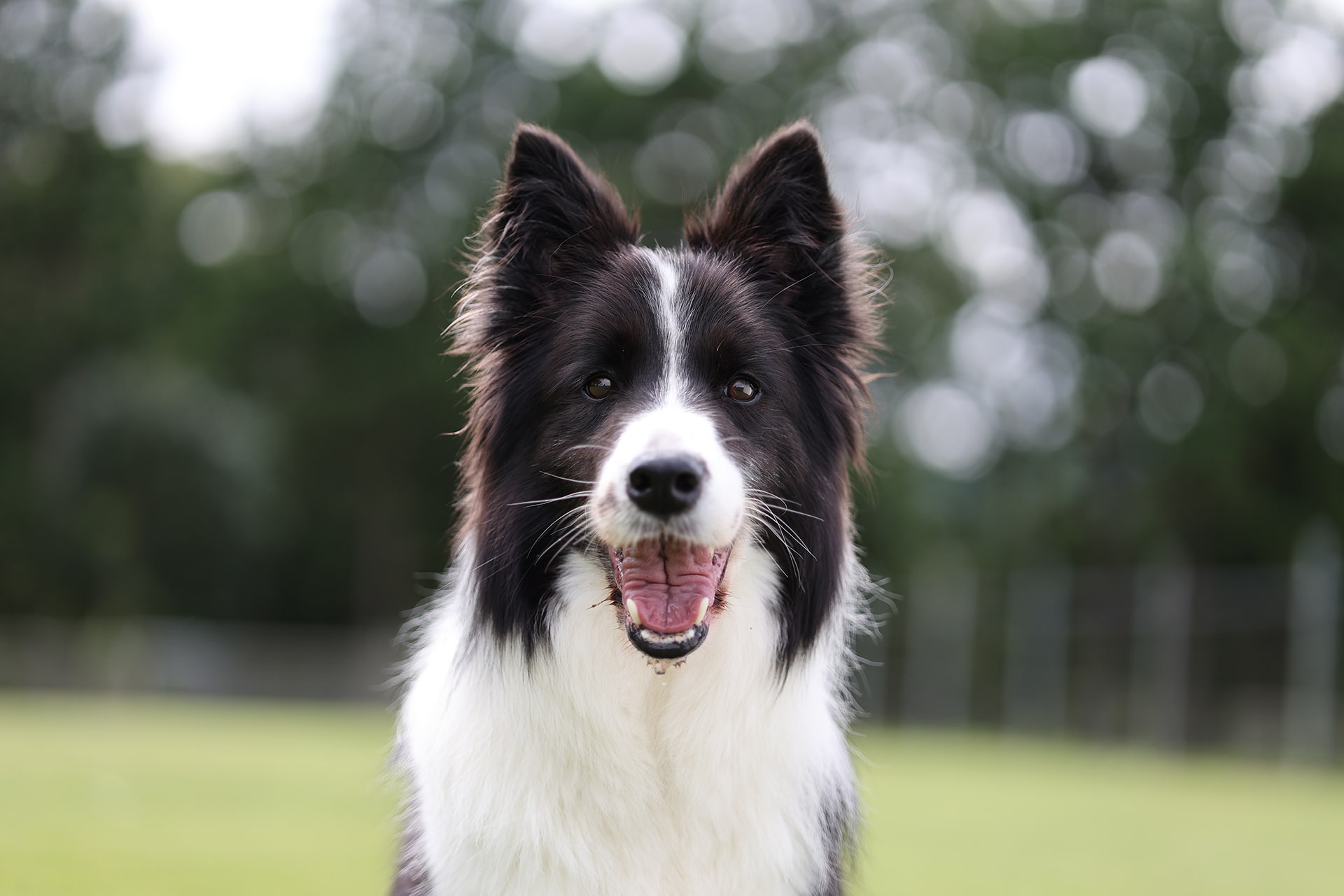
The EOS R8 camera can locate and focus upon a person’s head, face, or eye when the Subject Detection menu is set to People. This allows for more ease of use, fast acquisition of your subject, and improvements to accuracy when capturing videos or still images, even in difficult shooting situations where many cameras may struggle to detect a subject. Additional control is now available for detecting the subject’s left or right eye - which can be also programmed to a Custom Button making it easy to focus on the preferred eye in the moment.

With video recording features such as 6K oversampled uncropped 4K movie at up to 60 fps, Full-HD High-frame rate movie recording at up to 180 fps,4 and Dual Pixel CMOS AF tracking, the EOS R8 camera makes it easy to step up your video content.
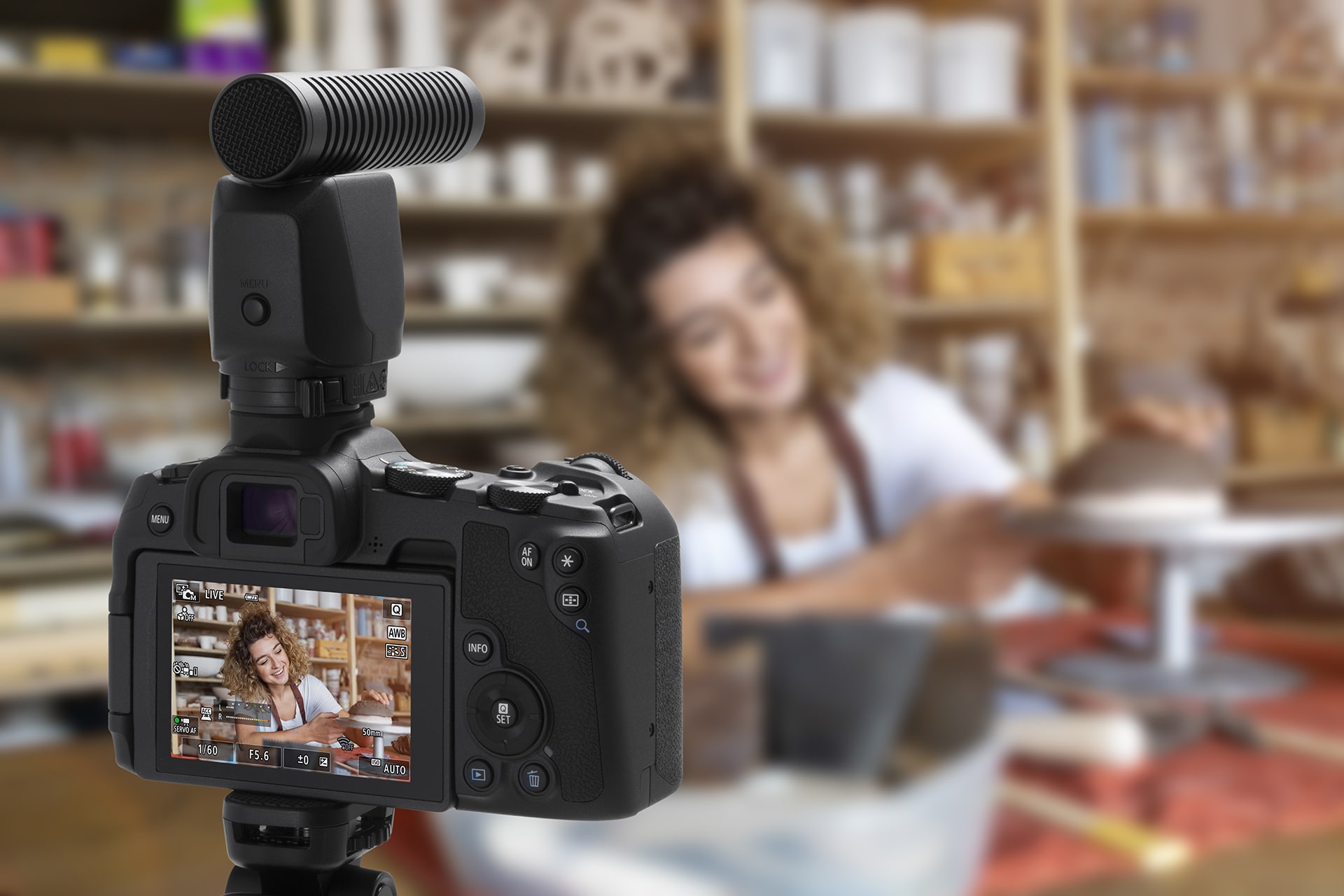
The EOS R8 camera can continuously record 4K UHD or Full HD video for up to 2 hours at 29.97 fps, allowing you to set up your video and keep your project rolling without worrying about it stopping.5
Though the EOS R8 camera can record impressive video straight out of camera, content creators looking to take the next step in their imaging journey have the choice of two powerful video recording options in HDR PQ or Canon Log 3 video recording. With HDR PQ recording a 10bit color file is recorded that does not require additional editing, this 10bit HDR file is compatible with HDR displays such as TVs, monitors and smartphones which display your video with even more color accuracy and dynamic range than standard displays. For creators who like to edit their video files, Canon Log 3 is available, creating a 10bit log file which allows for powerful recovery of highlights and shadows as well as creative color grading capability.
UVC/UAC compatibility allows the EOS R8 camera to be used as a web camera to stream live video in Full HD, without additional computer software, to applications such as Zoom™, Microsoft Teams™, Skype™, and similar video conferencing software.7 Thanks to the full-frame image sensor, you’ll be able to have versatility in your exposure, as well as strong background separation when using bright aperture lenses for video conferencing, or livestreaming content.
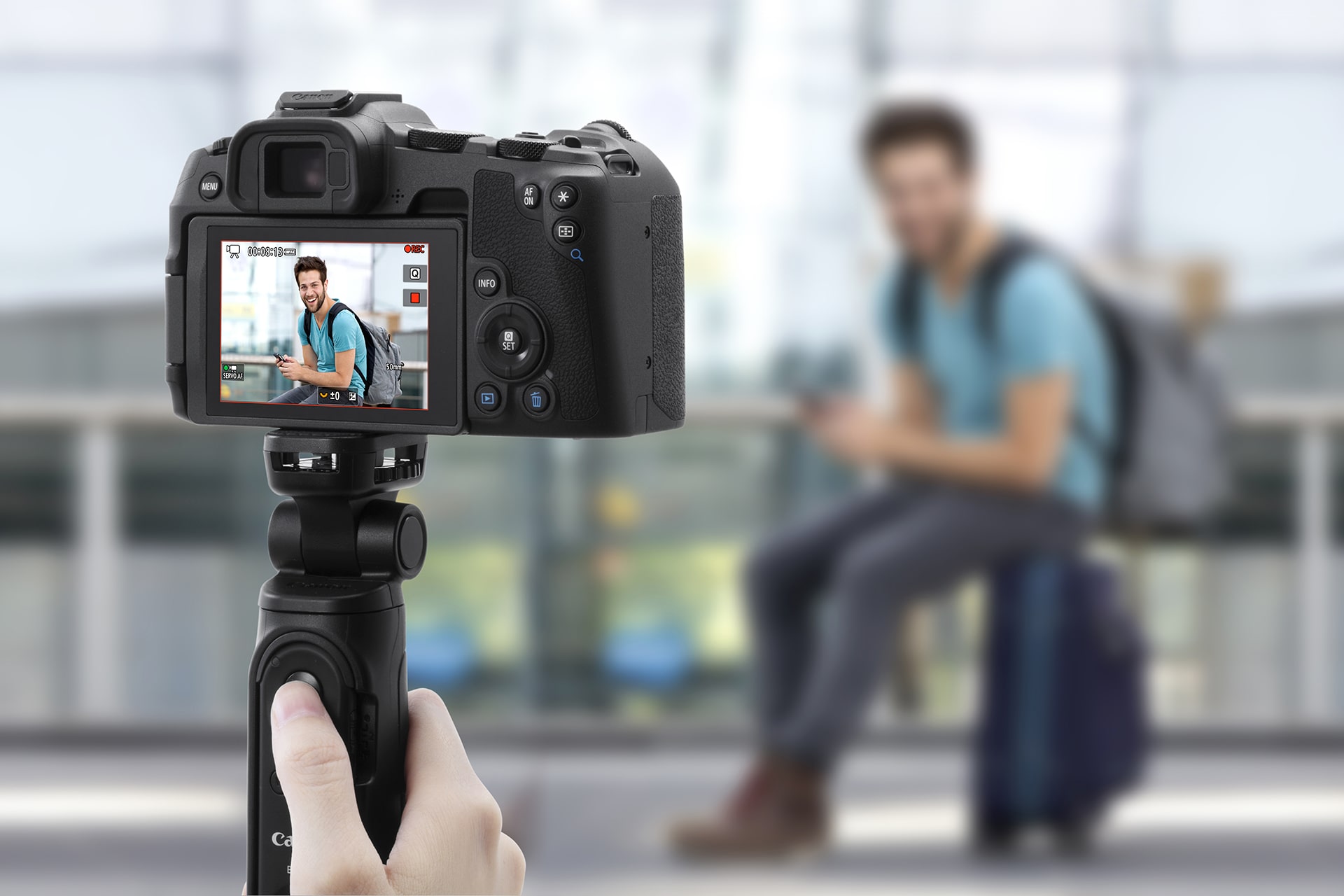
Movie rotation information can be set during or after movie recording, allowing videos to be played in vertical composition when viewing on a smartphone. The Aspect Markers Function displays visual markers for different aspect ratios that may be desired for posting the same file to various social media sites. This display provides consideration for proper composition for the different deliverable files that can be created when editing.
Record stable videos efficiently with minimum equipment, even when shooting handheld, with Movie Digital IS 5-axis image stabilization.6 Camera-shake vibrations are reduced even more through coordinated control of Movie Digital IS when using a RF lens featuring optical image stabilization.
Featuring a 3.0-inch, 1.62 million dot Clear View LCD II Vari-angle Touchscreen LCD, the EOS R8 camera makes it easy to compose and shoot from virtually any angle. With touch and drag functionality, you can intuitively and swiftly move the autofocus point on the touch-panel LCD.
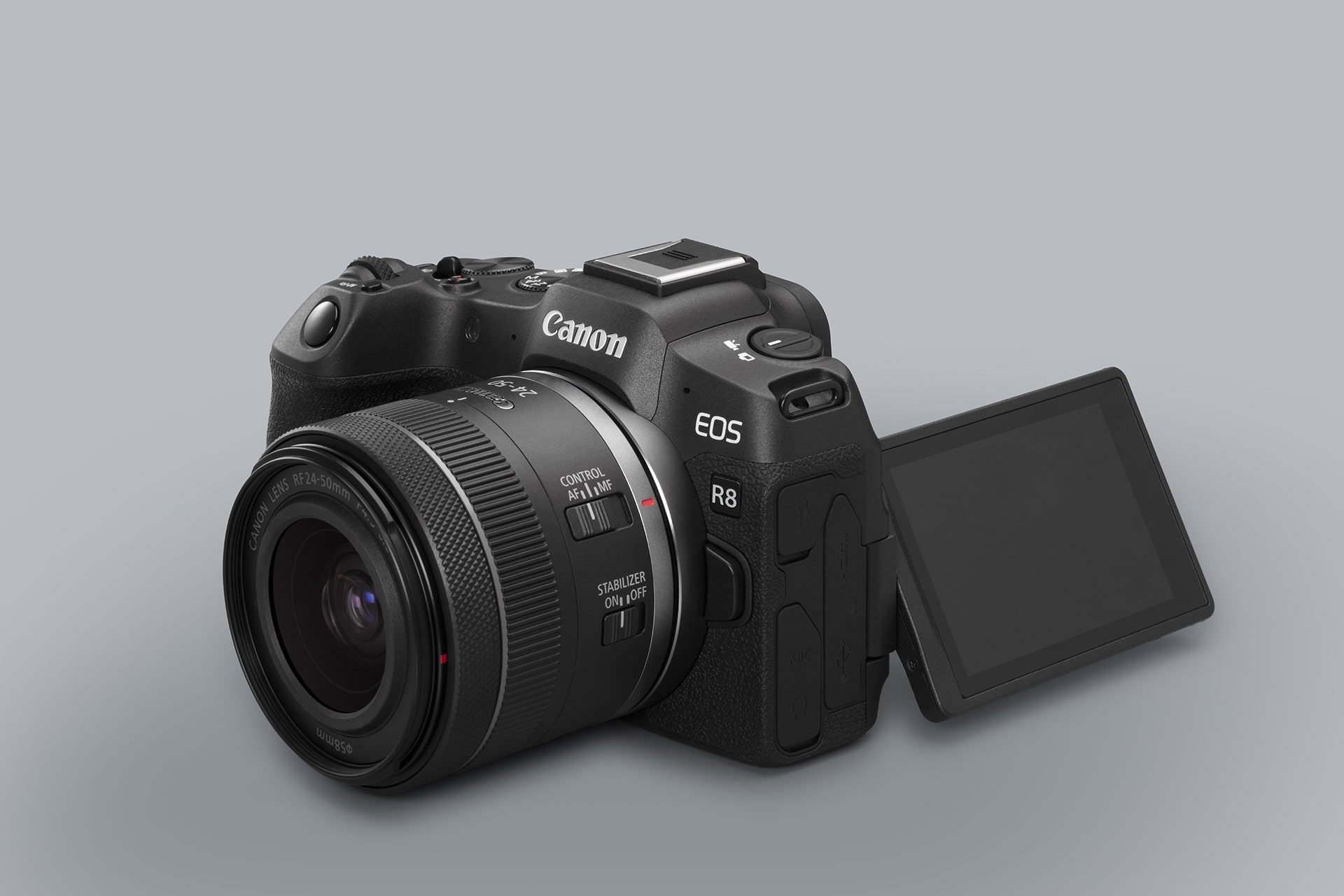
The EOS R8 camera is equipped with a high-precision 0.39-inch OLED (Organic Light-Emitting Diode) EVF with approx. 2.36 million dots and a 22mm eyepoint which displays a bright image and extensive shooting information. The EVF supports up to a 120 fps refresh rate and has been designed to provide a bright, sharp and colorful 100% view of the subject at hand. There’s also an Optical Viewfinder (OVF) Simulation setting, which provides a higher dynamic range viewfinder image for outstanding viewing in harsh, contrasty lighting situations.

The EOS R8 camera supports both wired and wireless connections to your smartphone via its USB Type-C7 port, built-in Wi-Fi®, and Bluetooth® technology, making it easy to upload and share movies and photos to your favorite social network services.
Bluetooth® pairing helps you connect the camera to compatible smart devices using the free Canon Camera Connect app. This low-energy wireless connection helps preserve battery life, while providing remote control of the camera. It also sends continuously updated GPS location data from your phone, letting you geotag what you've captured so you know precisely where you captured the photo.
Enable wireless functions, such as remote live view, file viewing and transfer, by connecting to Wi-Fi quickly and seamlessly. Using the Canon Camera Connect app, you can also transfer files to your mobile device to browse and share on social media.
The EOS R8 camera can be connected to a computer or smartphone via USB-C.7 All Canon Camera Connect app features that can be used with Wi-Fi are now available when the camera and smartphone are connected via USB, using a compatible cable for your device.
1. As of February 7th, 2023.
2. Effectiveness varies depending on the subject. In some cases, the camera may detect a subject other than a dog, a cat, a bird, and a horse (a zebra) as a targeted animal.
3. Some vehicles may not be detected depending on condition in some cases. In addition, the camera may detect entity as vehicle other than cars, motorcycles, trains, and airplanes for tracking.
4. High Frame Rate movie recording not available with RF-S or EF-S lenses or with movie cropping enabled.
5. Up to 20 minutes at Full HD 179.82/150.00 fps, and up to 30 minutes at 119.88/100.00 fps. Video may stop due to battery level, card capacity, or temperature.
6. When Movie Digital IS is activated, the field of view becomes narrower.
7. A compatible cable is required for wired USB communication (not included).
1. As of February 7th, 2023.
2. Effectiveness varies depending on the subject. In some cases, the camera may detect a subject other than a dog, a cat, a bird, and a horse (a zebra) as a targeted animal.
3. Some vehicles may not be detected depending on condition in some cases. In addition, the camera may detect entity as vehicle other than cars, motorcycles, trains, and airplanes for tracking.
4. High Frame Rate movie recording not available with RF-S or EF-S lenses or with movie cropping enabled.
5. Up to 20 minutes at Full HD 179.82/150.00 fps, and up to 30 minutes at 119.88/100.00 fps. Video may stop due to battery level, card capacity, or temperature.
6. When Movie Digital IS is activated, the field of view becomes narrower.
7. A compatible cable is required for wired USB communication (not included).
- Windows Server 2025
- macOS 15
- macOS 14
- macOS 13
- Windows 11
- macOS 12
- Windows Server 2022
- macOS 11
- Linux MIPS
- Linux ARM
- macOS 11.0
- macOS 10.15
- macOS v10.13
- macOS v10.14
- Windows Server 2019 (x64)
- macOS v10.14
- macOS v10.13
- Windows Server 2016 (x64)
- macOS v10.12
- Linux 64bit
- Linux 32bit
- OS X v10.11
- Windows 10
- Windows 10 (x64)
- OS X v10.10
- Windows Server 2012 R2 (x64)
- OS X v10.9
- Windows 8.1 (x64)
- Windows 8.1
- Windows Server 2012 (x64)
- Windows 8
- Windows 8 (x64)
- Windows 7
- Windows 7 (x64)
- Windows Vista
- Windows Vista (x64)
- Windows XP
- Windows XP (x64)
- Windows Server 2008
- Windows Server 2008 (x64)
- Windows Server 2008 R2 (x64)
- Windows Server 2003
- Windows Server 2003 (x64)
- Windows Server 2003 R2
- Windows Server 2003 R2 (x64)
- Windows 2000
- Windows NT
- Windows 3.1
- Windows Me
- Windows 98
- Windows 95
- Mac OS X v10.8
- Mac OS X v10.7
- Mac OS X v10.6
- Mac OS X v10.5
- Mac OS X v10.4
- Mac OS X v10.3
- Mac OS X v10.2
- Mac OS X v10.1
- Mac OS X
- Mac OS 9
- Mac OS 8
- Linux (x64)
- Linux (x32)
- Linux
- Not Applicable
Locating and Installing Your Download Cómo Localizar e Instalar su Descarga Localizando e Instalando seu Download
How to identify your OS version
To help determine which Windows operating system is running on your computer, please view the below steps:
Windows 11
Click on the Windows button (located left to the Search at the bottom).
Click on the Settings button to navigate to the system settings.
Scroll to the bottom of the page and click on the About button.
You will be able to find your Windows operating system under the Windows Specifications section.
Windows® 10
Click Start or click the Windows button (usually found in the lower-left corner of your screen).
Click Settings.
Click About (which is usually located within the lower left of the screen). The next screen should display the Windows version.
Windows 8 or Windows 8.1
Option1: Swipe in from the upper-right corner of the screen while viewing the desktop in order to open the menu, then select Settings.
Select PC Info. Under Windows edition, the Windows version is shown.
Option 2: From the Start Screen
While on the Start screen, type computer.
Right-click on the computer icon. If using touch, press and hold on the computer icon.
Click or tap Properties. Under Windows edition, the Windows version is shown.
Windows 7
Click Start or click the Windows button (usually found in the lower-left corner of your screen).
Right-click Computer and select Properties from the menu. The resulting screen should now display the Windows version.
Linux
To check the version of your Linux operating system (OS), you can use the following commands in your terminal:
1. uname -r: Displays your Linux kernel version.
2. cat /etc/os-release: Displays your distribution name and version.
3. lsb_release -a: Displays specific details about your Linux distribution and version.
4. You can also use the hostnamectl command to display the Linux kernel version. However, this command is only available on Linux distributions that use systemd by default.
To help determine which Mac operating system is running on your computer, select the Apple menu in the upper-left corner of your screen and choose About This Mac.
Upon selecting, you should see the macOS name followed by the version number.
Canon U.S.A Inc. All Rights Reserved. Reproduction in whole or part without permission is prohibited.